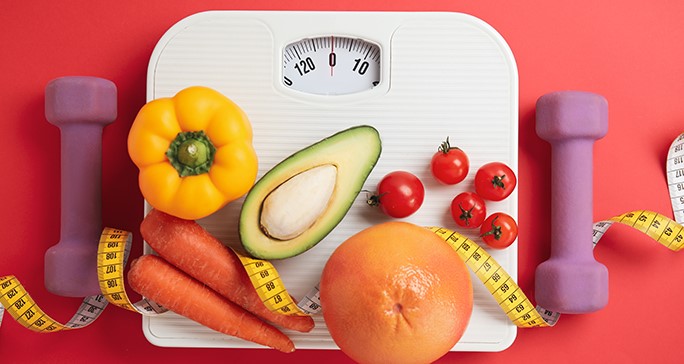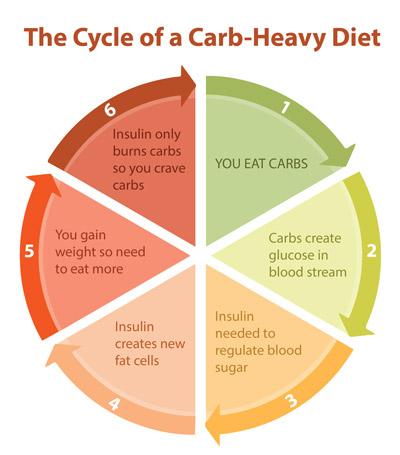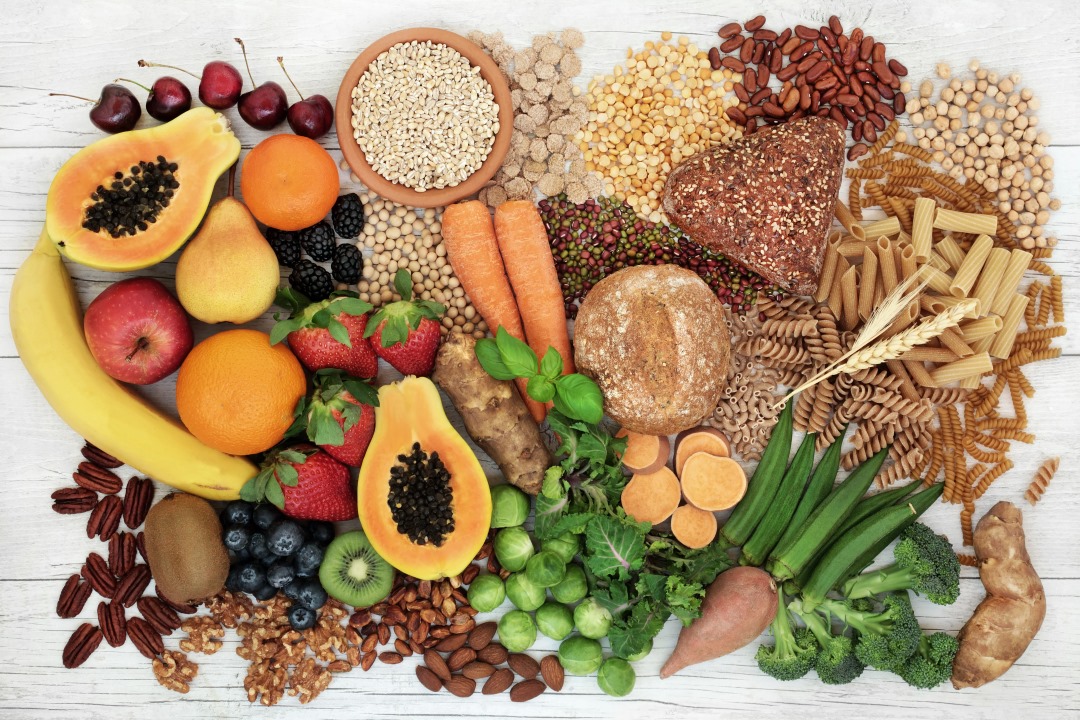Your body weight is always in motion—either rising, dropping, or holding steady. At the core of this dance is the relationship between how many calories you consume and how many you burn. On paper, it sounds simple: eat less, move more, and the pounds will melt away. But as most people quickly discover, real-life weight loss doesn’t work like math homework. It’s not just about calorie totals. It’s about the complexity of habits, hunger, hormones, mindset, and the constant influence of your environment.
Lasting weight loss isn’t about crash diets or willpower alone. It’s about building a lifestyle where better choices become natural, not forced. That includes how you eat, how you move, how you manage stress, and how you treat your body overall. It’s a process that requires more than rules—it requires a shift in rhythm, routine, and mindset.
This comprehensive guide breaks down what truly matters when you’re trying to lose weight—and keep it off. You’ll discover how different approaches affect different bodies, why one-size-fits-all diets often backfire, and how to find the right rhythm for yourself.
What Kind of Diet Actually Works for Long-Term Weight Loss?

Every year, new books hit the shelves promising to be the final word on weight loss. Some claim success lies in avoiding fat, others push low-carb strategies, while a few promise freedom through calorie counting or detoxing. It’s easy to feel overwhelmed, and even easier to fall into the trap of comparison.
But here’s the truth: there’s no single universal diet that works for everyone. What helps one person drop pounds may leave another feeling miserable and stuck. Biology plays a role—so do hormones, genetics, stress levels, sleep habits, and mental health.
Some people thrive on structure and tracking. Others do better with general guidelines and flexibility. One person might find success by avoiding sugar, another by balancing meals more mindfully without cutting out entire food groups. The key is sustainability—can you keep doing it long after the scale hits your goal?
Real weight loss isn’t just about shedding pounds. It’s about developing a healthier relationship with food and building a plan that you can actually live with. It’s not meant to be a punishment—it should fit within your life, not fight against it.

Four Common and Effective Weight Loss Approaches
There’s no shortage of techniques out there, but four strategies continue to show up in research, success stories, and structured programs. Each of these methods works in a different way, and the best one for you depends on your lifestyle, preferences, and how your body responds.
1. Reducing Overall Calorie Intake
The classic calorie-cutting approach still has its place—but with some modern context. The idea is basic: when you consume fewer calories than your body uses, your system starts burning stored fat for energy.
But here’s the catch: weight loss rarely moves in a straight line. You might drop pounds quickly at first, then stall. That’s because your metabolism adjusts to the changes. You’re not just losing fat—you’re also losing water, and sometimes lean muscle, which can cause your calorie needs to drop. To keep progressing, you have to adapt—not necessarily by eating less, but by choosing smarter foods and adjusting your activity levels.
And not all calories are created equal. A hundred calories of sugary soda isn’t handled the same way by your body as a hundred calories of roasted vegetables or lean protein. Processed foods often bypass your natural hunger signals, while whole foods satisfy and fuel you in a different way.
On top of that, eating isn’t always driven by hunger. Many people eat to manage boredom, anxiety, or exhaustion. Recognizing those patterns is just as important as understanding portion sizes or food labels.
2. Lowering Carbohydrate Intake

For some, the most effective shift comes from reducing carbohydrates—especially refined ones. This approach focuses less on calorie math and more on managing how your body handles blood sugar, insulin, and energy storage.
When you eat a carb-heavy meal, especially one full of pasta, bread, rice, or sweets, your blood sugar rises. Your body responds by releasing insulin, which helps shuttle glucose into your cells. That’s not a bad thing, unless it happens constantly. High insulin levels not only block fat-burning but also encourage fat storage—especially around the belly.
Low-carb diets work by breaking this pattern. They reduce insulin spikes and shift your metabolism toward burning fat instead of constantly relying on sugar for energy. That’s why many people lose weight quickly in the first weeks of a low-carb plan—it’s not just water weight, it’s also reduced inflammation and hormonal recalibration.
Still, not all low-carb plans are healthy. Some rely too heavily on processed meats or saturated fats. The smartest version includes lean proteins, lots of non-starchy vegetables, healthy fats like olive oil and avocado, and plenty of water.
Low-carb eating isn’t necessarily about elimination—it’s about choosing quality sources of fuel that stabilize your hunger and support fat burning without causing wild energy crashes.
3. Reducing Dietary Fat
Fat has long been misunderstood. For decades, it was public enemy number one—blamed for weight gain, heart disease, and sluggish energy. Grocery stores filled with low-fat versions of everything. Yet obesity rates climbed, and many people got heavier and more frustrated.
That’s because not all fats are harmful. In fact, healthy fats play a major role in hormone production, mood regulation, and appetite control. Omega-3s from fish, monounsaturated fats from nuts and olive oil, and even saturated fats in moderation from eggs or dark chocolate can all support weight loss when used strategically.
The real issue? Many people who try low-fat diets end up swapping fat for sugar or refined carbs. They ditch whole milk for sweetened non-fat yogurt or trade eggs for processed cereal bars. These choices often spike blood sugar and leave people feeling hungrier, leading to more snacking and overeating.
So yes, watching fat intake can help, but the focus should be on balance and quality. Avoid trans fats and excess saturated fats, but include sources of good fat in moderate amounts to help meals feel satisfying and complete.
4. Following a Mediterranean-Inspired Pattern
The Mediterranean diet doesn’t cut entire food groups or rely on calorie counting. Instead, it builds meals around whole, unprocessed ingredients—colorful vegetables, hearty legumes, fresh fruit, olive oil, nuts, herbs, fish, and moderate amounts of dairy and meat. Meals are meant to be savored, not rushed, and often shared in a social setting.
What makes this approach so powerful isn’t just what you eat—it’s how you eat. The emphasis on slow, communal meals naturally encourages mindfulness. Portion control becomes easier when food is nutrient-dense and flavors are satisfying.
The Mediterranean approach also includes movement—not necessarily intense workouts, but regular walking, biking, or gardening. It promotes a sense of overall well-being rather than obsession with restriction.
People drawn to this diet often find it easier to sustain. It’s flexible, delicious, and backed by decades of research showing benefits not only for weight loss but for heart health, brain function, and long-term wellness.
Managing Emotional Eating: Why Willpower Alone Isn’t Enough
Food isn’t just fuel—it’s comfort, distraction, celebration, and relief. And while that’s part of being human, emotional eating can quietly sabotage even the most thoughtful weight-loss efforts.
The pattern is familiar: stress builds, boredom creeps in, or loneliness sets the tone—and the fridge becomes the answer. What makes emotional eating tricky is that it doesn’t respond to hunger cues. You can feel full and still crave snacks. The urge isn’t physical—it’s emotional.
To disrupt this cycle, you need to become aware of your personal triggers. Do you reach for food when your day feels out of control? When you’re tired? After a fight or bad news? Awareness is the first step toward creating new coping methods.
Instead of reacting with food, try other forms of relief. Take a short walk, stretch, write something down, call a friend, or listen to music. These alternatives may not fix your feelings instantly, but they separate stress from snacking—which can be the game-changer.
Practicing Mindful Eating
Slowing down while eating can completely change how much food you consume—and how satisfied you feel afterward. Mindful eating is the act of being present during meals: tuning into the textures, aromas, and flavors, and being aware of when your body has had enough.
If you usually eat in front of screens or while multitasking, chances are you eat more than you need. Instead, sit at a table, chew slowly, and give the experience your full attention. Listen to your body's signals. Are you still hungry? Or just continuing out of habit?
Try switching utensils to your non-dominant hand, or using chopsticks—even if you’re eating something simple. These small disruptions can bring focus back to the meal.
And remember, you don’t have to clear your plate. Stop eating when you’re satisfied—not stuffed. It takes time for the body to register fullness, and learning to pause before reaching that “too much” point can make a big difference.
Staying Motivated Through the Ups and Downs

Weight loss isn’t just a physical challenge—it’s deeply psychological. Results take time, and staying motivated can be tough, especially when progress stalls or life gets busy. But the right mindset can keep you going long after motivation fades.
One of the most effective tools is social support. Whether it’s a friend, partner, group, or online community, having people around you who understand your goals and encourage your efforts can make a huge difference. Even a weekly check-in can reinforce accountability.
Set goals that go beyond appearance. Wanting to feel more confident, have more energy, sleep better, or move without pain—these are powerful motivators. They anchor your actions in something deeper than a number on the scale.
Track your wins, no matter how small. Log your meals, workouts, or even just your mood. Apps can help, or a simple notebook works too. The goal is to stay aware of your actions, which helps you course-correct faster if something slips.
Sleep also plays a major role in motivation. When you’re sleep-deprived, hunger hormones go haywire, willpower drops, and you crave more sugar and carbs. Aim for consistent, quality rest to support every other part of your plan.
Reducing Added Sugar and Refined Carbs
Excess sugar is one of the biggest drivers of weight gain today—and it often hides in plain sight. You expect it in candy and soda, but it’s also lurking in salad dressings, sandwich bread, sauces, and “low-fat” packaged snacks.
Refined carbs like white bread, pasta, and baked goods act like sugar in the body, causing sharp blood sugar spikes followed by crashes. This rollercoaster keeps hunger and cravings high, making it hard to stay satisfied.
Cutting back on these foods doesn’t mean going full keto. It means shifting toward slow-digesting, whole carbs like brown rice, quinoa, oats, and sweet potatoes—and replacing sugary snacks with fruit, dark chocolate, or protein-based options.
Watch out for sneaky sugar in drinks. Fruit juices, sweetened teas, and flavored coffee drinks can pack dozens of grams of sugar per serving. Opting for water, herbal tea, or black coffee makes a huge difference without affecting your hunger.
Filling Up With Fiber-Rich Foods
Fiber is one of the most overlooked yet powerful tools in weight loss. It helps you feel full, supports digestion, and stabilizes blood sugar levels. And the best part? It naturally occurs in foods that are already good for you.
Vegetables, fruits, legumes, and whole grains are your go-to sources. Because fiber-rich foods take longer to chew and digest, they extend the feeling of fullness after meals. That means you’re less likely to snack or overeat later on.
Try adding lentils or beans to salads and soups. Load sandwiches with leafy greens and sliced veggies. Top breakfast cereal with berries or mix chia seeds into yogurt. Even snacks can benefit—like carrot sticks with hummus or a handful of roasted chickpeas.
When starting to increase fiber, go slow and drink plenty of water. Sudden spikes in fiber intake can lead to bloating if your digestion isn’t ready for it. Gradual changes, however, create powerful results over time.
Creating a Food Environment That Supports Success
What you keep around you can either help or hinder your weight-loss goals. If your kitchen is filled with ultra-processed snacks, that’s likely what you’ll reach for when hunger or habit strikes. But if your fridge is stocked with prepped veggies, lean proteins, and whole grains, those become your new defaults.
Start by cooking more meals at home. Restaurant food often contains hidden sugars, sodium, and oversized portions. Home cooking gives you full control—not just over what you eat, but how much.
Serve meals on smaller plates to subtly reduce portion sizes without feeling deprived. Avoid eating directly from containers or bags—portioning out snacks helps you stay mindful.
You can also play with timing. Research suggests eating more of your calories earlier in the day helps with both weight loss and energy. Try front-loading your calories with a solid breakfast and tapering off by dinner.
And don’t forget hydration. Thirst often masquerades as hunger. Keeping a glass of water nearby—and drinking before meals—can naturally reduce how much you eat.
Making Movement a Consistent Part of Your Life
Exercise isn't just about calorie burning—though it certainly helps. It plays a much bigger role in how your body functions, how your mood stabilizes, and how much energy you bring into each day. Think of movement as an amplifier: it boosts every other effort you're making to lose weight.
The idea that you have to spend hours in the gym isn’t accurate. In fact, multiple short bursts of activity—like three 10-minute walks—can be just as effective as one longer session. The key is showing up consistently, even when motivation dips.
What really matters is finding something you enjoy. For some, it’s dancing in the living room. For others, it’s bike rides with friends, hikes on the weekend, or a quiet yoga session before work. Movement should be something you look forward to, not something you dread.
The more regularly you move, the more energy you’ll have. Your metabolism becomes more responsive, sleep improves, and your body becomes more efficient at managing hunger cues and blood sugar. It’s not just a tool—it’s a foundation.
Strategies to Maintain Weight Loss Over the Long Term

Losing weight is a milestone, but keeping it off is the true success story. Too often, people return to old habits once they reach their goal, assuming the hard part is over. But your body remembers its past—and it will fight to regain that lost weight if you don’t keep practicing the habits that helped you lose it in the first place.
Researchers from the National Weight Control Registry have followed thousands of people who’ve successfully maintained major weight loss for years. The patterns they found are surprisingly consistent.
Most maintainers:
-
Weigh themselves regularly (often once a week) to catch small gains early.
-
Stick to a predictable eating routine—even on weekends and holidays.
-
Eat a hearty breakfast every day, often something like high-fiber cereal and fruit.
-
Exercise nearly every day, usually walking or another moderate-intensity activity.
-
Keep a food journal or log to stay aware of what they’re eating.
-
Watch less TV and spend more time being physically engaged.
These are not extreme strategies. They’re grounded in awareness and repetition. When healthy habits become your default, weight maintenance becomes less about restriction and more about rhythm.
Avoiding Common Pitfalls Without Getting Discouraged
Setbacks are part of the process. You might gain a few pounds during a vacation, miss workouts for a week, or fall into old eating patterns during stressful months. That doesn’t mean you’ve failed. It means you’re human.
What matters is how you respond. The people who regain weight permanently are often the ones who give up after one bad week. The people who stay lean are the ones who notice the slip, make an adjustment, and get back on track without shame.
Instead of restarting from scratch, make small course corrections. Shift your focus back to hydration, vegetables, fiber, movement, or sleep. Even small changes can stop the weight from creeping back up.
Don’t aim for perfection. Aim for resilience. That’s what really creates lasting change.
Final Thoughts: Building a New Relationship With Your Body
Real, sustainable weight loss is not about willpower—it’s about building a life that naturally supports your goals. That means reshaping your environment, developing new ways to handle stress, and finding joy in movement and nourishment.
You don’t have to follow someone else’s version of health. You just need to build habits that respect your body and your pace.
Whether you lose 5 pounds or 50, the real win is in gaining control, clarity, and confidence in how you live. Not by force, not through punishment, but through steady, thoughtful decisions made over time.
And the best part? Once these habits become second nature, maintaining your weight becomes far less of a chore—and much more of a celebration of how far you’ve come.












